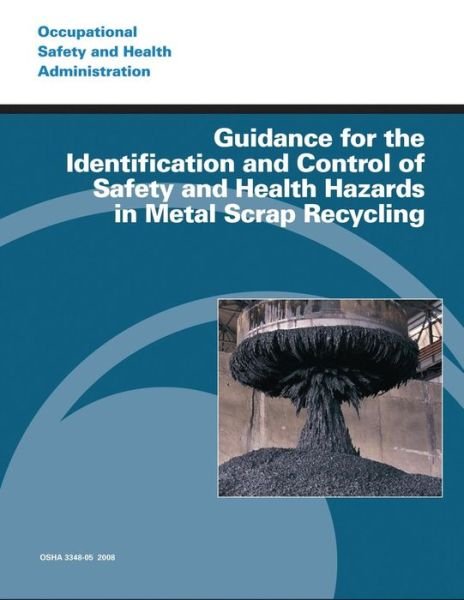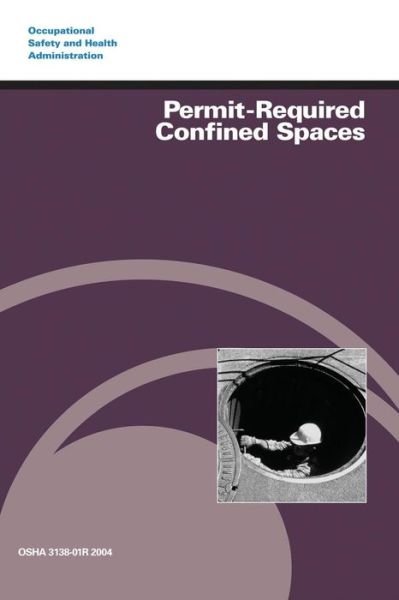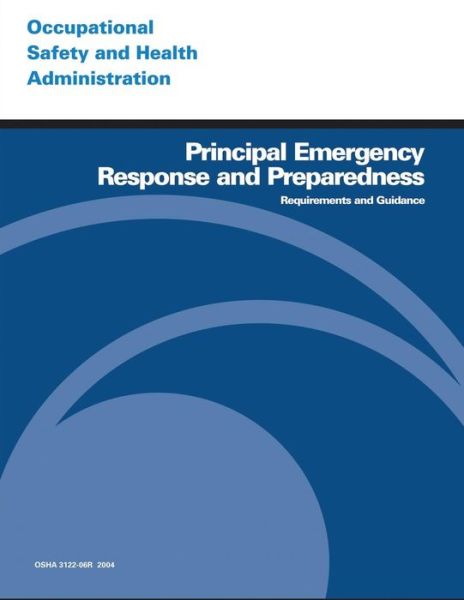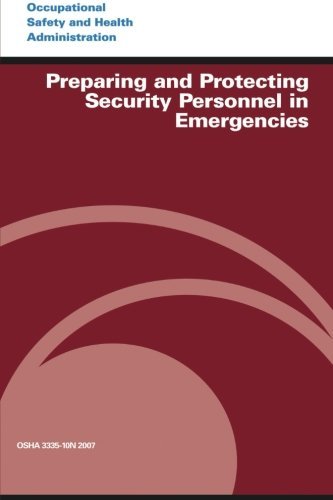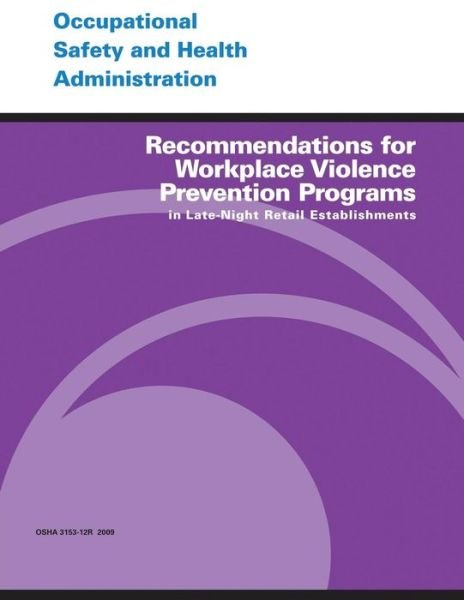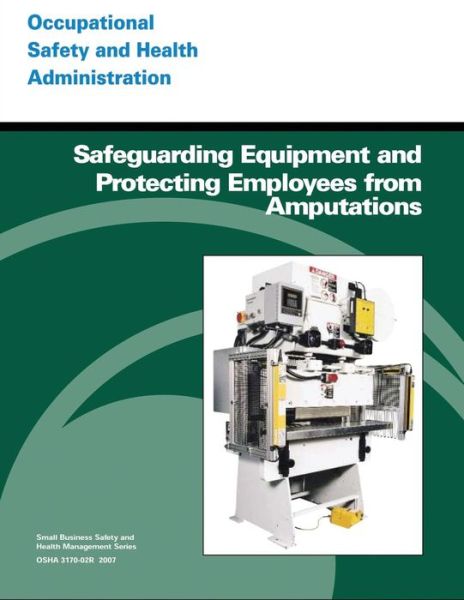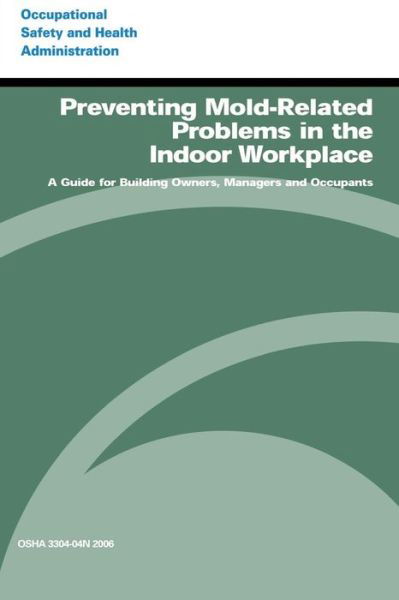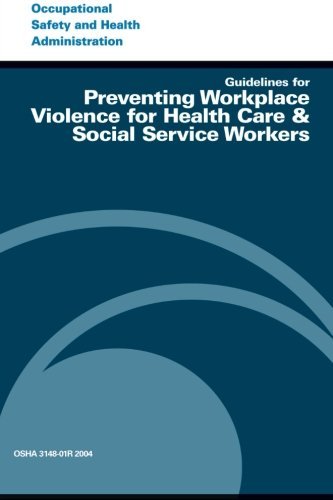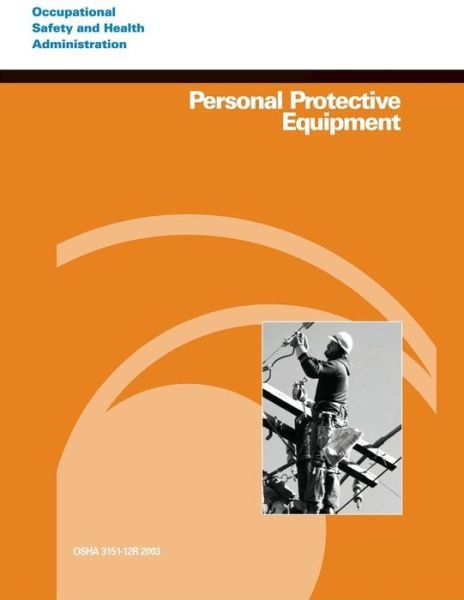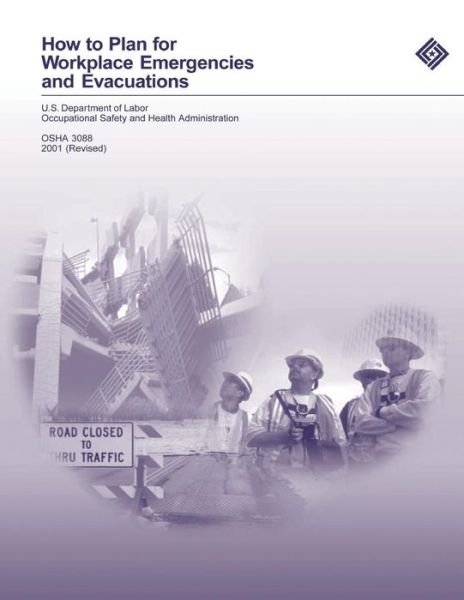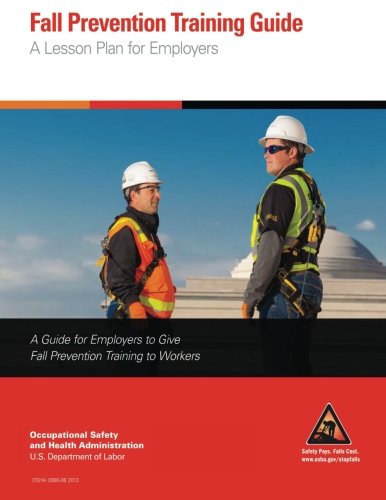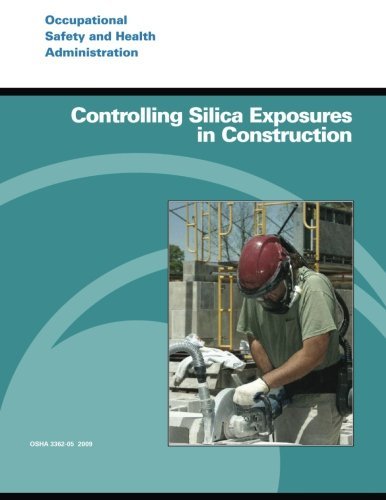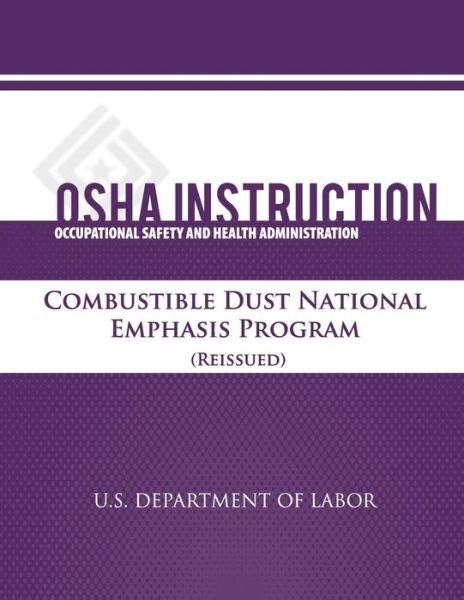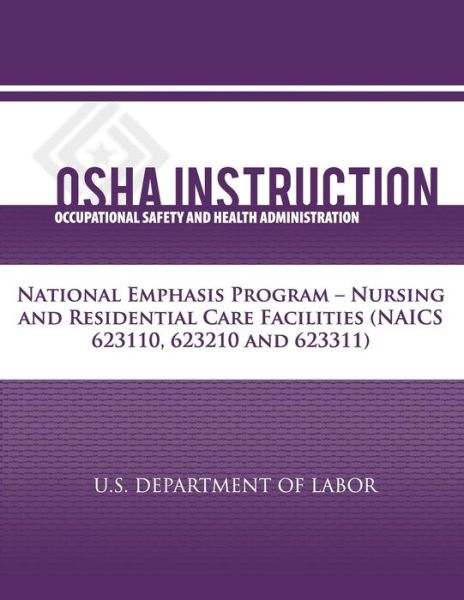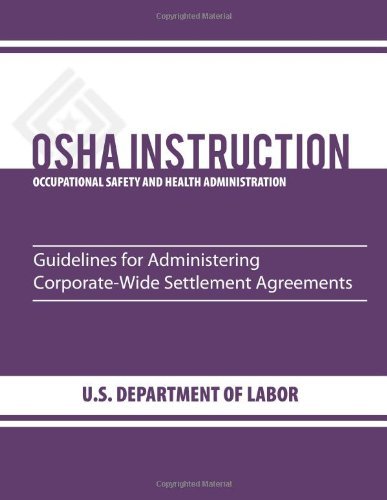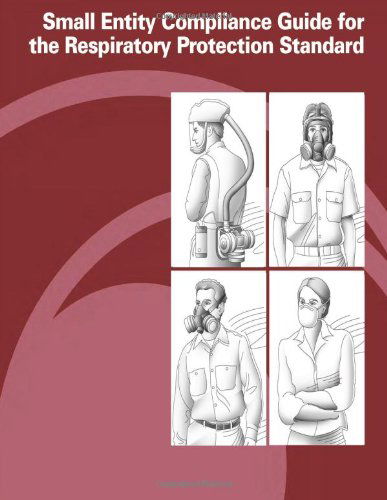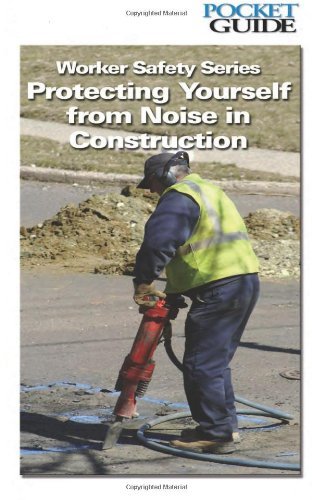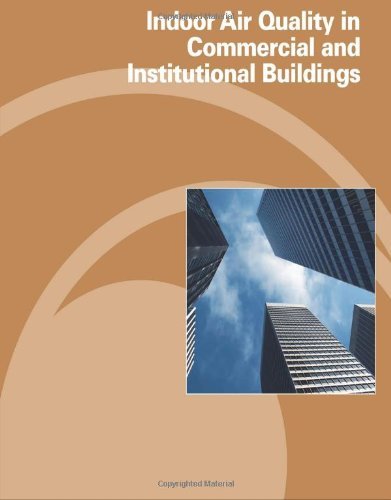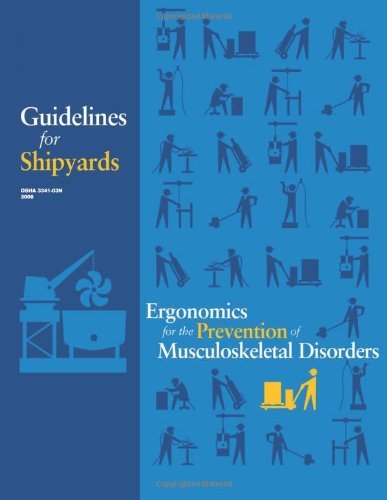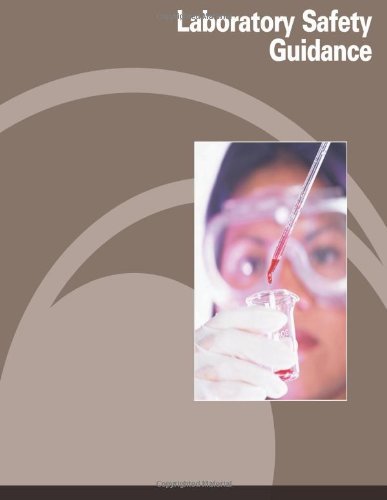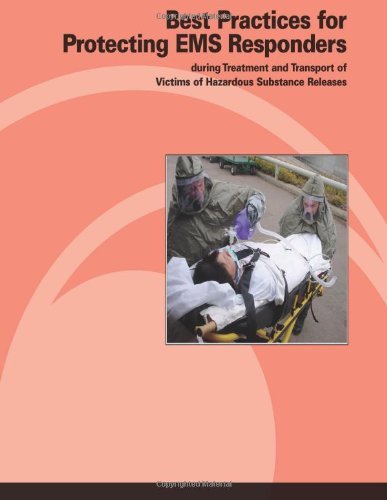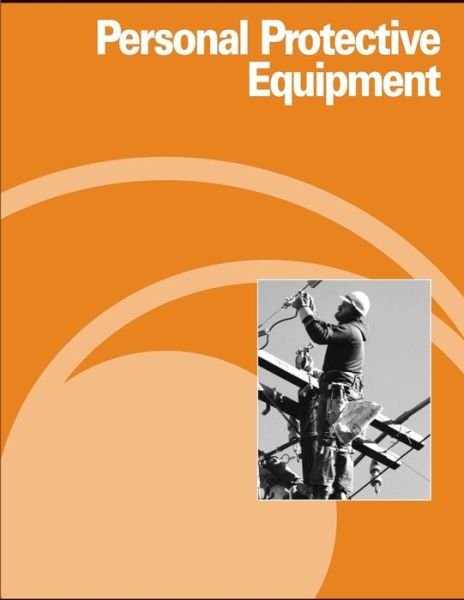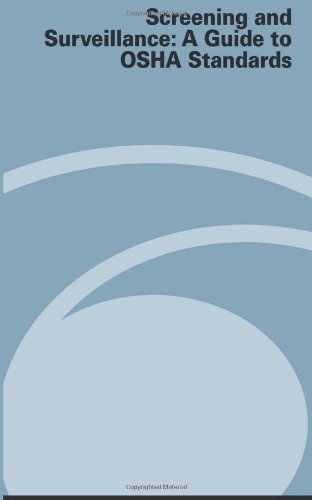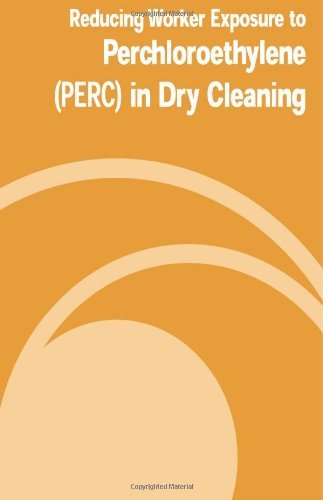
Powiedz znajomym o tym przedmiocie:
Lead in Construction
Occupational Safety and Health Administration
Lead in Construction
Occupational Safety and Health Administration
OSHA 3142-09R, Lead in Construction. Pure lead (Pb) is a heavy metal at room temperature and pressure. A basic chemical element, it can combine with various other substances to form numerous lead compounds. Lead has been poisoning workers for thousands of years. Lead can damage the central nervous system, cardiovascular system, reproductive system, hematological system, and kidneys. When absorbed into the body in high enough doses, lead can be toxic. In addition, workers? lead exposure can harm their children?s development. In construction, lead is used frequently for roofs, cornices, tank linings, and electrical conduits. In plumbing, soft solder, used chiefly for soldering tinplate and copper pipe joints, is an alloy of lead and tin. Soft solder has been banned for many uses in the United States. In addition, the Consumer Product Safety Commission bans the use of lead-based paint in residences. Because lead-based paint inhibits the rusting and corrosion of iron and steel, however, lead continues to be used on bridges, railways, ships, lighthouses, and other steel structures, although substitute coatings are available. Construction projects vary in the scope and potential for exposing workers to lead and other hazards. Projects such as removing paint from a few interior residential doors may involve limited exposure. Other projects, however, may involve removing or stripping substantial quantities of lead-based paints on large bridges and other structures. Employers of construction workers are responsible for developing and implementing a worker protection program. At a minimum, the employer?s worker protection program for employees exposed to lead above the PEL should include: Hazard determination, including exposure assessment; Medical surveillance and provisions for medical removal; Job-specific compliance programs; Engineering and work practice controls; Respiratory protection; Protective clothing and equipment; Housekeeping; Hygiene facilities and practices; Signs; Employee information and training; and Recordkeeping. Because lead is a cumulative and persistent toxic substance and health effects may result from exposure over prolonged periods, employers must use these precautions where feasible to minimize employee exposure to lead. The employer should, as needed, consult a qualified safety and health professional to develop and implement an effective, site specific worker protection program. These professionals may work independently or may be associated with an insurance carrier, trade organization, or onsite consultation program. For each job where employee exposure exceeds the PEL, the employer must establish and implement a written compliance program to reduce employee exposure to the PEL or below. The compliance program must provide for frequent and regular inspections of job sites, materials, and equipment by a competent person.
| Media | Książki Paperback Book (Książka z miękką okładką i klejonym grzbietem) |
| Wydane | 25 czerwca 2012 |
| ISBN13 | 9781478129233 |
| Wydawcy | CreateSpace Independent Publishing Platf |
| Strony | 36 |
| Wymiary | 2 × 127 × 203 mm · 45 g |
| Język | English |

 Świąteczne prezenty można zwracać do 31 stycznia
Świąteczne prezenty można zwracać do 31 stycznia


